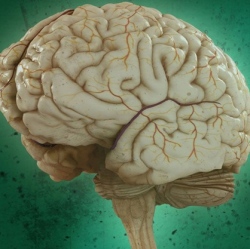
How is it possible to create computer memory that is both faster and consumes less energy? Researchers have unlocked the mechanisms involved in new-generation magnetic memory, and have shown that these mechanisms could be used as "synapses" in a new type of system, able to learn how to store and retrieve information.
Today there are two main categories of computer memory, without which our computers would not be able to store and retrieve information. Volatile memory can process a large amount of data in a short period of time, but it is dependent on continuous electrical power to retain the information it has recorded. On the contrary, non-volatile memory, such as USB keys or CDs, are not dependent on a source of electricity, but they are much slower.
An alternative is being developed: magnetic memory (STT-MRAM), which combines processing speed and energy independence, and stores information as a magnetic orientation rather than as an electric charge. One of the main problems of this new technology is its high energy cost.
To program magnetic tunnel junctions (MTJ), the basic nanocomponents of magnetic memory, electrical voltage is applied to their terminals. If the switching time is not sufficient, the programming can be incorrect, with a degree of randomness that depends on the duration of the programming pulse. This is referred to as probabilistic programming.
For more conventional memory uses, which on the contrary require programming that excludes randomness, MTJ switching time must be extended in order to ensure sufficiently reliable programming. However, this programming strategy results in substantial energy consumption.
The researchers showed that the probabilistic programming of MTJs can become an advantage. They were actually the first to use MTJs as "synapses" (connections) of a system whose functioning is inspired by the human brain, in that it consumes very little energy, while being able to process very large amounts of data.
